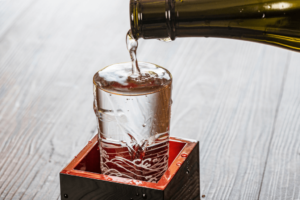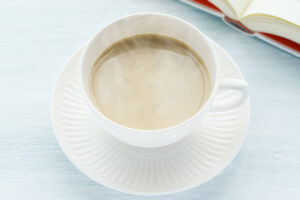
Ume Fruit: Unveiling the Unique Flavor Profile of Japanese Plums!
Spending any amount of time in Japan will see contact with ume fruit. Whether it is pickled or used in alcohol, its products are very popular and used in a variety of dishes and as flavoring.














